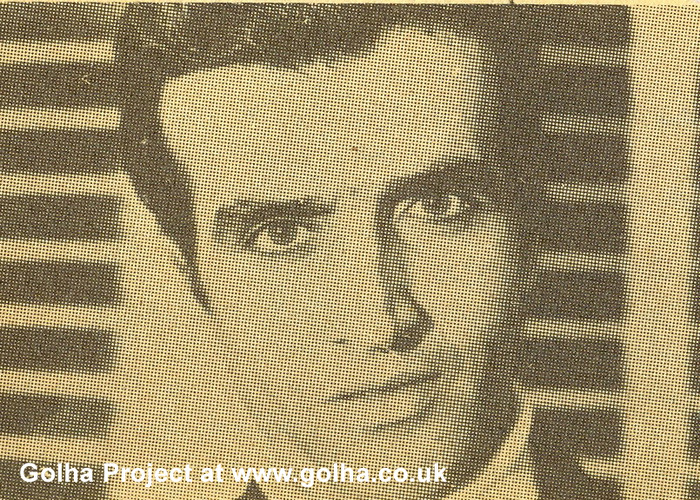Parviz Yahaqqi

Biography
Yahaqqi, Parviz (1935-2007)
Violin instrumentalist, composer, and one of the most notable musicians performing in the Golha programmes (1957-1979). He was born into a family of musicians where musical talent was manifested brilliantly in nearly all its members. Although his father, a middle-class civil servant in the Foreign Ministry under Reza Shah, was opposed to his pursuit of music, Parviz Sadiqi Parsi (his full name) studied with his maternal uncle, the maestro Husayn Yahaqqi. He made his debut performance on Radio Tehran at the age of eight, having been introduced to the listeners as a musical prodigy. He soon became a music legend throughout Iran, making a name for himself and choosing his uncle’s family name as his stage-name. Dropping out from secondary school, he furthered his musical studies down to the age of eighteen with Husayn Yahaqqi and Abu’l-Hasan Saba. He started composing music from 1957 onward at the suggestion of Davud Pirniya, whose son, Daryush was a boyhood friend of Yahaqqi’s, and also performed on the violin in the Golha programmes. He is thus named ‘the young violinist’ in one of his early recordings of the Golha. During a burst of creativity in the years 1955-1963, Yahaqqi composed a number of lyrical songs which won him extraordinary fame, the like of which was not enjoyed by any other young musician of the period. These works, in whose composition Mahdi Khalidi’s indirect but quite significant influence is not to be ignored, exhibit powerful melodies and rhythmical diversity; they are imbued with passion and fervour and were performed by young vocalists of the period such as Ilahi and Daryush Rafi‘i. A few of his musical compositions with classical forms were also performed in the Golha, (e.g. Ay umid-i dil-i man kuja’i – “O hope of my heart! Where are you?”) whose lyrics were written by Navvab Safa, with Murtaza Mahjubi’s and Husayn Yahaqqi’s influence clearly reflected therein. The Golha orchestra performed that composition by this nineteen-year old composer in which the maestro conductor Abu’l-Hasan Saba Saba performed as a violin instrumentalist and acted as its conductor as well. Such honour had not been bestowed on any other of Saba’s students. One of the best works of Parviz Yahaqqi is found the Barg-i sabz 36 in which master Adib Khwansari gives one of his most masterly singing performances accompanied by the passionate playing of this nineteen-year old instrumentalist.
Parviz Yahaqqi’s contributions to the Golha under the supervision of Pirnia, which won him great acclaim and recognition, included solo performance, accompanying the vocals, instrumentalists, and musical composition. He was particularly favoured by Pirnia who had a high opinion of him. His powerful performance deeply influenced many a violin instrumentalist of his and later generations. Female vocalists of repute like Marziya, Dilkash, Puran, Ilahi, Mahasti, and Humayra (to whom Yahaqqi was married for eight years) all sung his compositions. The changes made in his style of violin performance over time (1955-1979) are reflected in his numerous recordings. Turning away from the classical style of his first master Husayn Yahaqqi, being inspired by Mahdi Khaledi’s more modern style, but relying on his own experience, he created a novel style in performance on the violin for which he is today recognized. Another high point of his musical compositions occurred during the years 1968-1974, recordings of which were made, accompanied by the two female vocalists Mahasti and Humayra, directed by Javad Ma‘rufi and with Bizhan Taraqqi’s lyrics (a poet with whom he enjoyed fifty years of friendship). Numerous works of this prominent creative artist have been released in the form of gramophone records and CD albums; the latter include: Kimiya (“Elexir”), Parvaz-i Parviz (“Parviz’ Flight”), Mihr va mahtab (“The Sun and Moonshine”), all published in Tehran by Ava-yi Barbad, 1939-2008.
Sayyid ‘Ali Riza Mir‘alinaqi